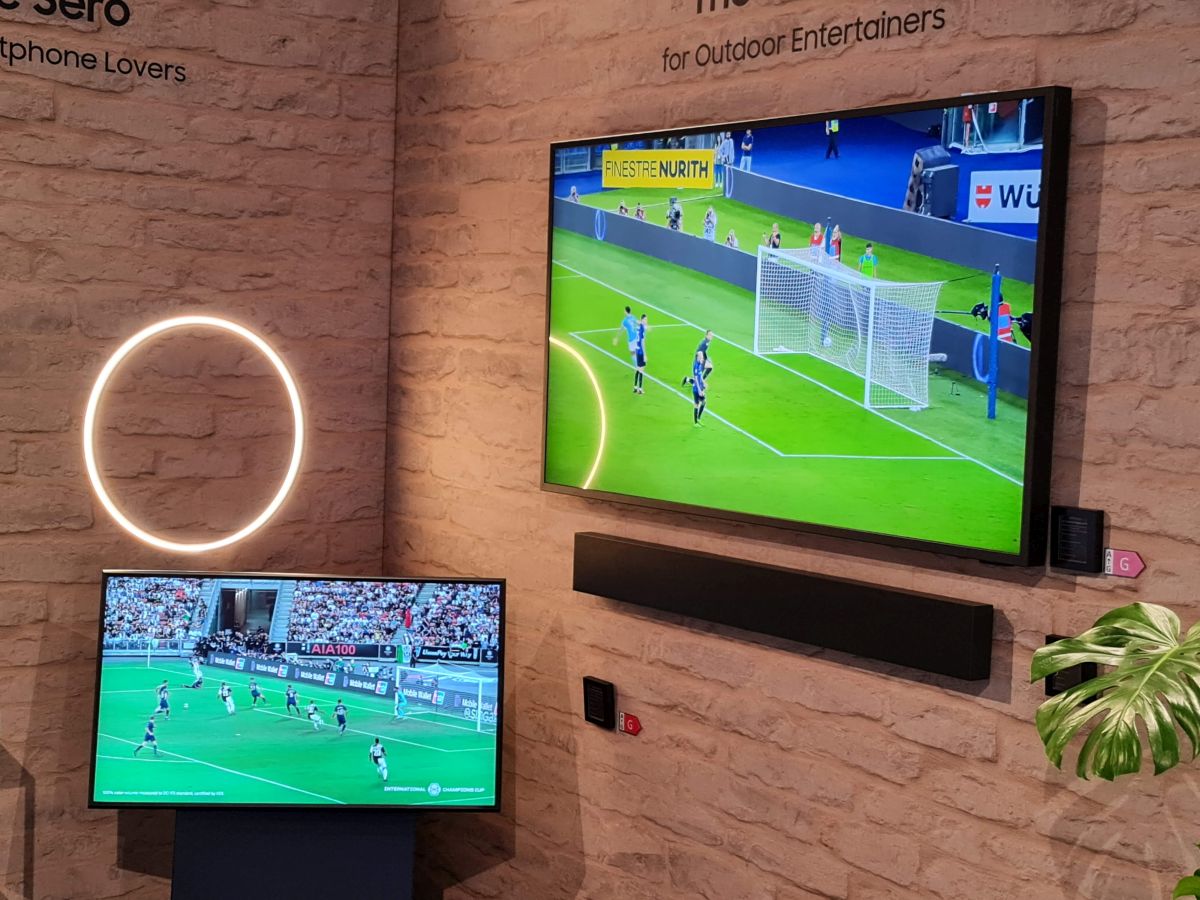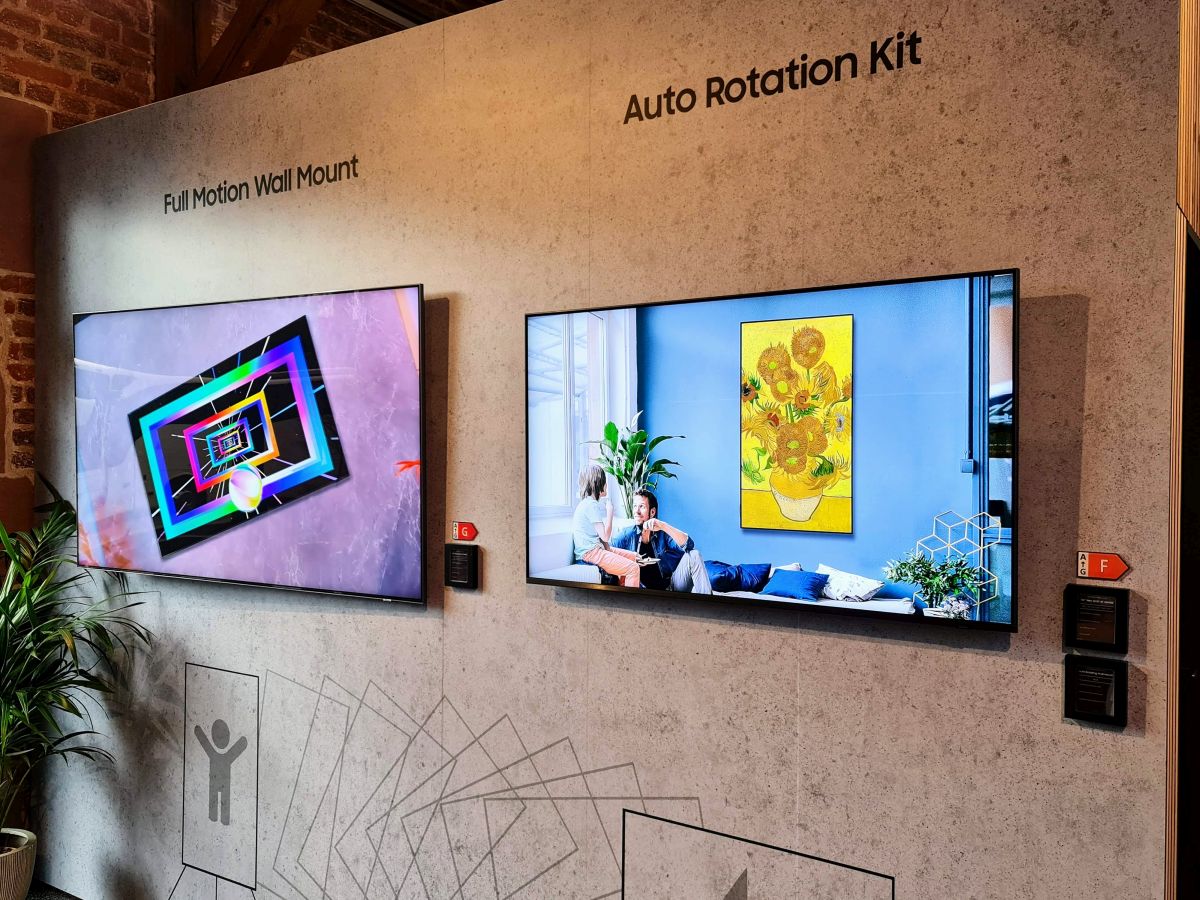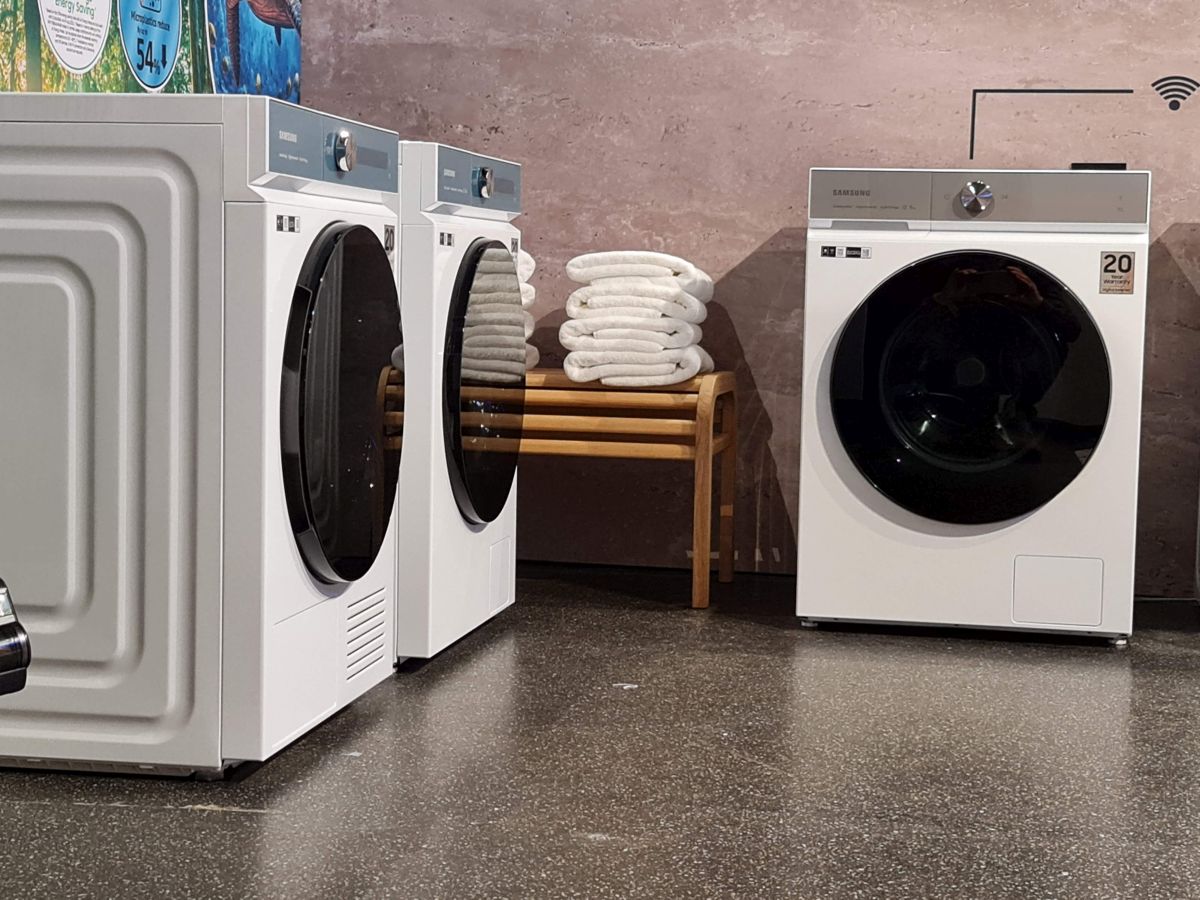
People want green smartphones, TVs with bigger screens and video cameras on home appliances, and the number of devices connected to the Internet will continue to grow, said Benjamin Brown, marketing director of Samsung Europe in an interview with HotNews.ro. What should we expect when it comes to the gadgets that Europeans have at home? What things differ in their location?
Colorful smartphones, wireless chargers, video cameras on household appliances
“We’re spending more time than ever researching customers to find out what they want, and that’s why many of the products you see now include answers to customer requests. That’s good, that’s real feedback. For example, customers have been asking for green smartphones, black is always popular, but surprisingly, green was popular, but when we talk about colors, it’s also a trending element,” says Samsung Europe Marketing Director Benjamin Brown.
As for phones, it should be said that sales of wireless chargers have increased, especially since more and more models allow this type of charging. It’s also true that for a few years now, many top phones have come without a charger in the box, but customers have gotten used to that and many have multiple chargers at home.
Another element that users requested was to have more video cameras on household appliances, and here is an oven that has a video camera inside, and you can see in real time what the food looks like that is being cooked there, a Samsung representative said in an interview. for HotNews.ro. Likewise, top-of-the-line refrigerators have cameras inside so you can see what’s in the fridge from your phone or see when you’re at the store what foods are out of the fridge to buy.
Televisions with increasingly large screens
“People still want bigger and bigger screens. They were very popular in the US, but are becoming more and more fashionable in Europe as well. In the Nordics, we sell TVs with the biggest screens, but that’s the trend in Europe,” says Brown.

The average number of TVs in the homes of Europeans has also increased: at first, the TV was placed in the living room, then more and more people bought another TV for the bedroom, and now more and more people are placing TVs in the kitchen as well. This year, Samsung introduced several new TV models that will be available from March 13.
“After the pandemic, we could also see that more and more people were buying monitors that were usually only in the office. As more and more people worked and are working from home, monitor sales increased,” says a representative of Samsung Europe. There was also growth in the gaming monitor category.
In addition, we must not forget that during the pandemic, TV was an important source of entertainment for millions of people, as they spent a lot of time at home.

Sales exploded in 2020 and 2021 and are now down from those boom periods.
How does Benjamin Brown see this decline in sales of televisions and home appliances? “We’re in a recession, people are more frugal with their spending, and we’re seeing a lot of customers maybe can’t afford to go on a long summer vacation, but they want to treat themselves and invest in things. There is a theory called
The big change is that people used to go to the cinema a lot, but now they sit in front of the TV and watch movies and documentaries on streaming programs.
There are more and more gadgets in the homes of Europeans
Another trend is related to better interconnection between different devices in the home. Products from different brands can sync with each other and send information and notifications. Products like smart locks or smartphone-controlled thermostats are less common in Romania, but they have been popular in the US for years and are starting to sell well in Europe as well.

Many things can be connected to smartphone apps, and more and more people have “smart” electric toothbrushes, for example, but there are also people using smart bathroom scales that send data to smartphone apps. mobile, so you can follow the evolution of your weight for a long time.
Data presented by Samsung shows that the average household in Europe has somewhere between 8 and 10 devices connected to the Internet. Benjamin Brown says that average will rise, with the most tech-savvy households already having more than 25 connected devices.
Among the categories that will continue to grow are wireless headphones, as well as smartwatches, a category where notifications related to health indicators will become increasingly important.
The idea of sustainability is also becoming important to save money, and companies have launched, for example, washing machines that run smart programs designed to reduce water and electricity consumption. For example, there are Samsung washing machines that recommend the exact time of the washing cycle, as well as the amount of detergent and water needed.

Even something as simple as a washing machine sending you a reminder on your phone when you forgot to put your laundry out to dry can be helpful.
In Europe, built-in appliances are more popular than in the US, and there are countries where the refrigerator is mostly at the bottom and the freezer at the top (like Belgium), but there are also countries where the refrigerator is at the top. and the freezer below (for example, Scandinavia).
Another difference is that there are regions where the washing machine is mainly placed in the kitchen (for example, the UK), and in others it is placed in the bathroom, hallway or utility room.
There are many countries where people 7-8 years after moving into a house decide to make major repairs and change a significant part of the equipment.
Source: Hot News
Lori Barajas is an accomplished journalist, known for her insightful and thought-provoking writing on economy. She currently works as a writer at 247 news reel. With a passion for understanding the economy, Lori’s writing delves deep into the financial issues that matter most, providing readers with a unique perspective on current events.